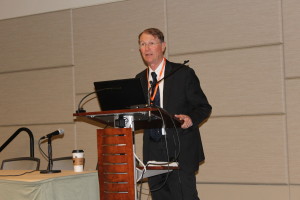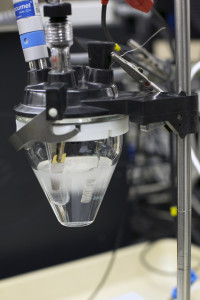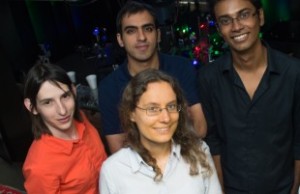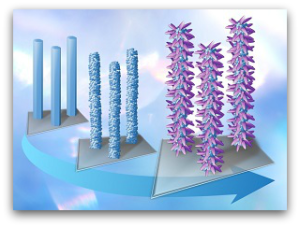The fifth international Electrochemical Energy Summit recently took place during the 228th ECS Meeting. From environmental damage to economic implications to political involvement, the summit served as a forum for the top researchers in energy technology to discuss the most pressing issues in renewable energy and inspire technological solutions.
During the summit, we gathered some key speakers from energy research institutions across the U.S. to talk about challenges in energy storage, roadblocks for implementing renewables, and the role government plays in changing the energy infrastructure.
The podcast is moderated by ECS vice president Krishnan Rajeshwar, with guests David Wesolowski, The Fluid Interface Reactions, Structures and Transport (FIRST) Energy Frontier Research Center; M. Stanley Whittingham, NorthEast Center for Chemical Energy Storage (NECCES); Gary Rubloff, Nanostructures for Electrical Energy Storage (NEES) Energy Frontier Research Center; and Paul Fenter, Center for Electrochemical Energy Science (CEES).
Listen and download this episode and others for free through the iTunes Store, SoundCloud, or our RSS Feed. You can also find us on Stitcher.






